Sole[noid] Searching: Locating a Broken Wire or a Solenoid
- Chris Taylor

- Mar 2, 2024
- 4 min read
Updated: Mar 4, 2024
Have you got automatic irrigation for your lawn? A solenoid is an electric tap that stops or allows water flow to sprinklers (or drippers, sprayers etc). If it's all working well, you may not have thought twice about it. However, when the sprinklers stopped working for our back lawn for about six months when they were most needed, we very much cared.
Using a Cable Locator
Dad purchased a Holman Cable and Solenoid locator and following the instructions, identified where wires could be broken. I had a go myself. I connected the red clip to the Station 2 wire (controlled by Solenoid D, read on) and the black clip to a wire I shoved into the ground - a makeshift earth wire.
Looks easy, doesn't it? Just dig where the noise stops. For Dad and I, not so easy. We needed to pull up the schematics.
Referring to Irrigation Schematics
This is the plan for our backyard Dad made using ClarisWorks.

This is the plan of the reticulation.
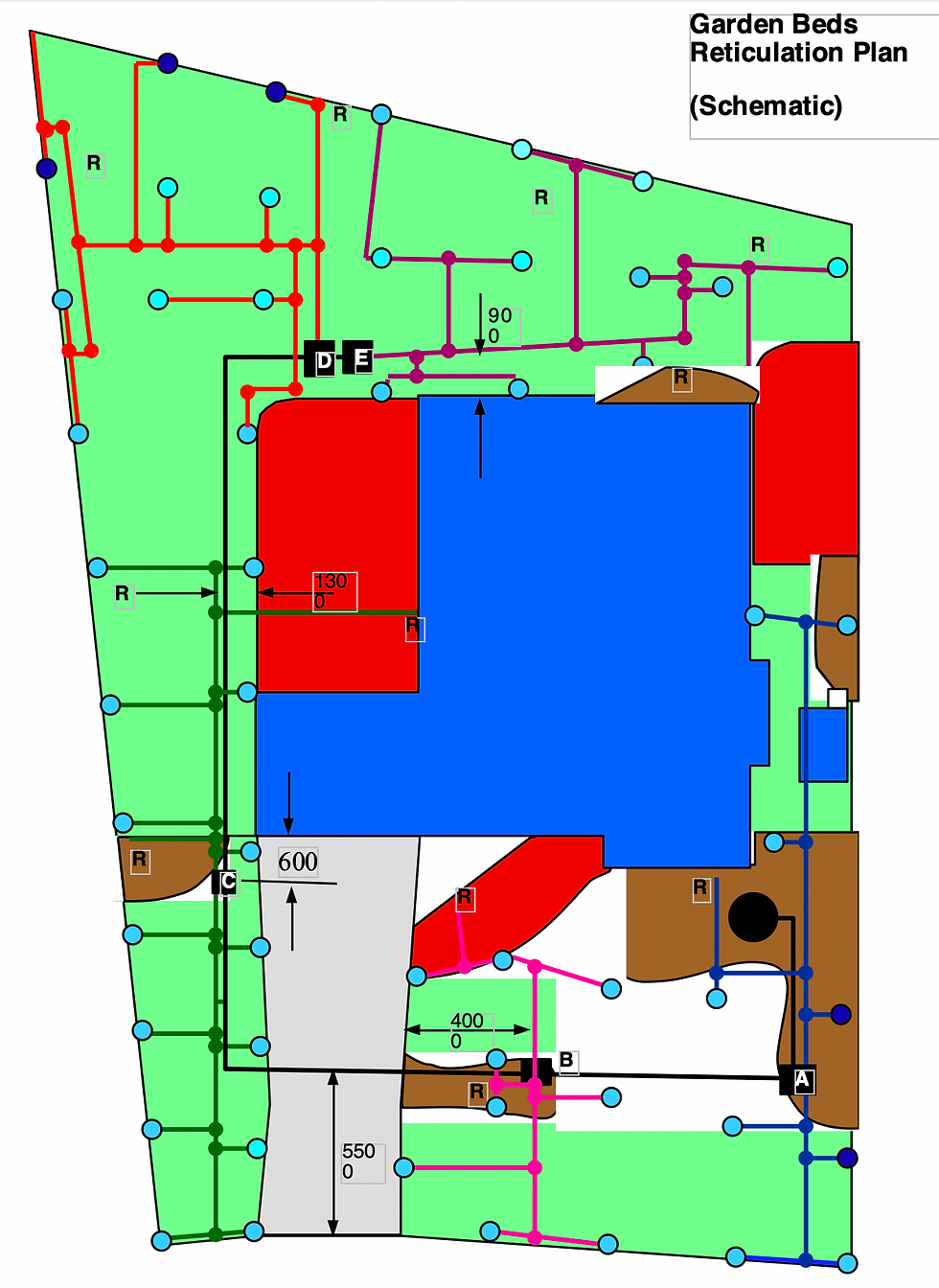
Dad's schematic was made from this map done by the contractor installing the reticulation (the house was built in 1991):

The Story of My Struggles
I had accidentally hammered a steel star picket through the wires to two solenoids - D and E on Dad's diagram. I did this when attempting to hold down garden edging using said star picket. (I have since found a better way to anchor it down.)
In an inverse lotto, I had severed all three wires - the brown wire for station D, the blue wire for station E and the black common wire. Dad located the break using the detector but dug just 150 mm deep, not actually exposing the break. To be fair, he did this while the grevillea was still in the way. (It was heavily leaning over from amputation from a fungus infection and due for removal.) While redoing the top garden edging I thought why not dig down further and see if the wires were broken there. Bingo, they were. I had a go at fixing the wires using K Rain connectors, following the instructions and not stripping the wire.
This turned out to not work, so Dad hired a contractor Kelvin Leek to fix it. They thought I had stripped the wire but shouldn't have. The customer service rep at Peel H20 Solutions thought I should have stripped the wire. The sprinklers were working again but Dad and I were keen to understand where the solenoids were to perhaps help find any break in future. Dad had previously found solenoids A, B and C but not D or E.
The fun continued. The detector identified another location after the wires were fixed, so I dug down and had a look. Just the three wires and no solenoid.

I persisted. I dug down another metre along the pipe and found the bend. I deemed one metre to be quickest because I was looking for Solenoid D, which I thought couldn't be far from the actual sprinkler station boundary. I followed the pipe at 1 metre intervals until - finally - I found the solenoid for Station E. Not far off from where he marked it on the map!
Upgrading a Solenoid Pit
The solenoid was covered by a flower pot with holes in the side. I replaced it with a better pit - a 150 mm PVC pipe and a pit from Bunnings on top. I cut the slots using a drill with attachment for large holes and a saw. I backfilled the hole with mulch to give the lawn a boost.

The Saga Continues
I thought easy peasy, I could simply find Station D where the brown wire ends. Instead, I found this. 🤦♂️
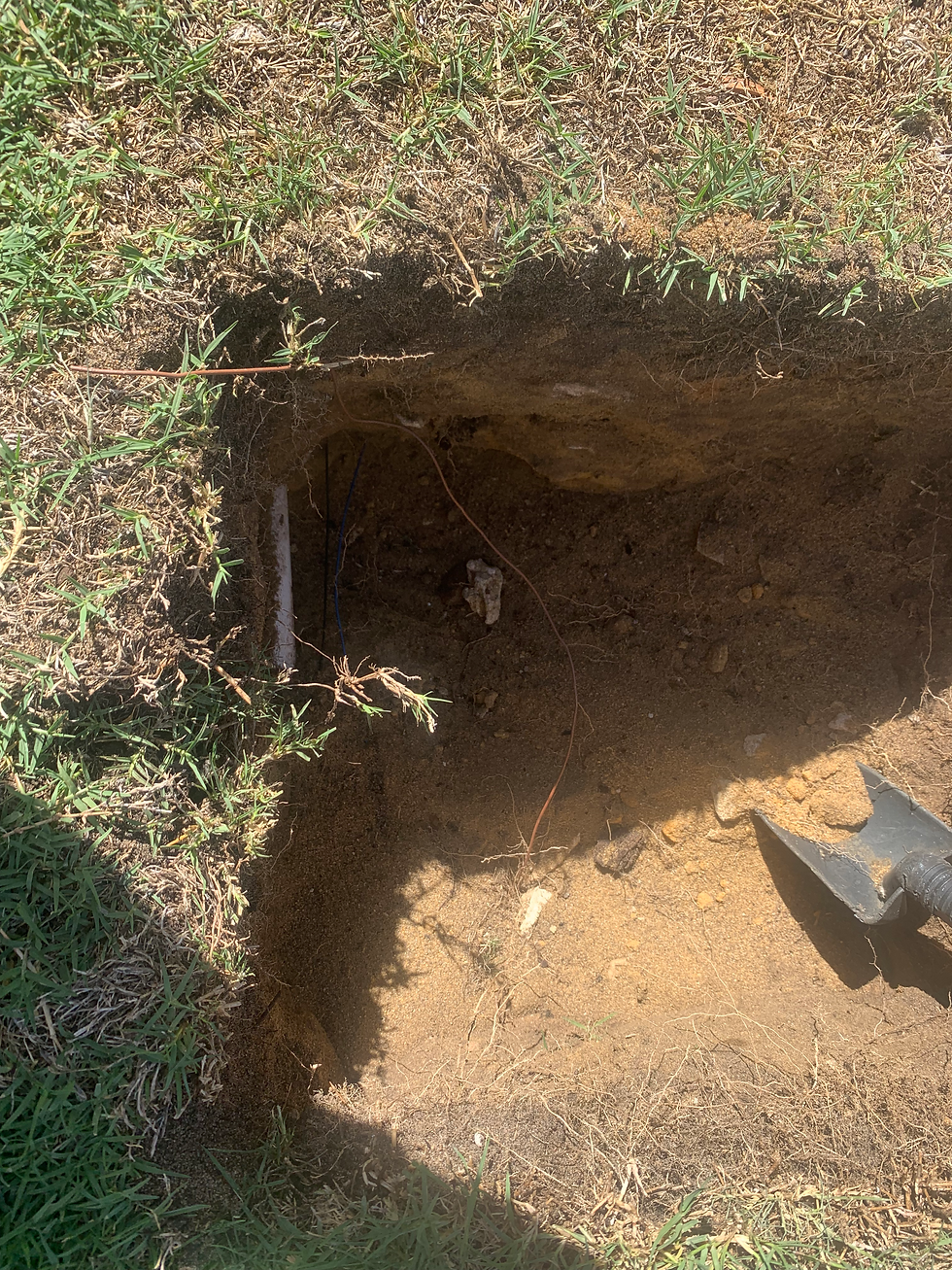
To add insult to injury, I had accidentally stripped the insulation off the brown wire with the shovel in the previous hole. I had painstakingly repaired it with electrical tape, which turned out to be unnecessary as it was a dead wire anyway.
I thought OK, maybe I could locate the solenoid using the cable locator. Instead I simply found the end of the wire, which I had found anyway. Here is the video again.
Back to the drawing board. Either I could start at the beginning where I broke the cable and dig continuously along the pipe or try another method, like a dedicated solenoid locator.
I tried a dedicated solenoid locator purchased from Peel H20 Solutions. It did not work - even when 'searching' for the solenoid I just found as a control test.
In the video it made no noise. It did make some noise momentarily, which was obscured even just by the green lid and was too occasional and unreliable to be recorded on video.
I could not identify the manufacturer and saw it was even crossed out with a black marker. We are taking it back to the shop on Tuesday. Unfortunately Dad said it was the only one there so we will have to try somewhere else.

It was only at this point that Dad found the original plan for the reticulation. Notice the subtle difference for Solenoid D in Dad's map and the Zone 6 solenoid in the original map. Also notice the crossings out and mismatch in numbering between the sprinkler numbers and solenoid numbers. I tried again with the solenoid locator and narrowed in on this location.
However, no T piece. I had in fact missed the T piece while digging because I had confused it for a straight join, it being directly on the edge of a hole I had dug.
I picked a patch I had dug before and - found it! Upgrade time!
In Summary
Finally, the installed solenoid pits and lots of dug up lawn.
Unexpectedly challenging projects like this require patience, persistence and knowing when to hit the brakes. With a mind free of attachment, it is possible to have this level of wisdom. This meditation that discards attachment from the mind has been an absolute life saver and I used it regularly while doing this project.
Hope you have better luck than we did 😅
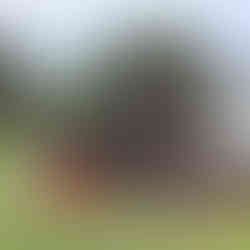








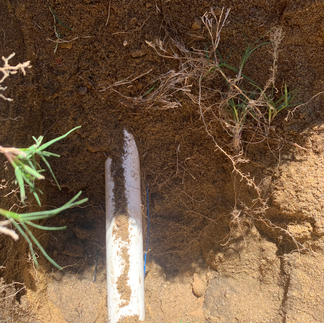

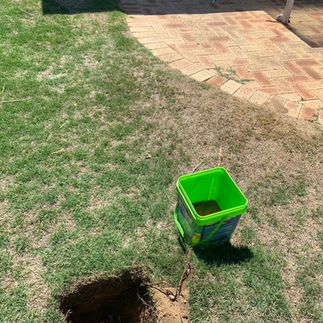

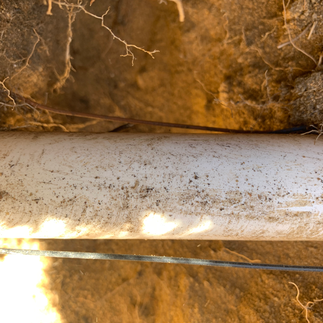































Comments